Harwell, a small village just south of
Oxford, is the site of technological and scientific development of global significance and a cornerstone of the UK research industry. What was once, 75 years ago, an RAF airfield is now a multidisciplinary hub of scientific innovation.
.jpg)
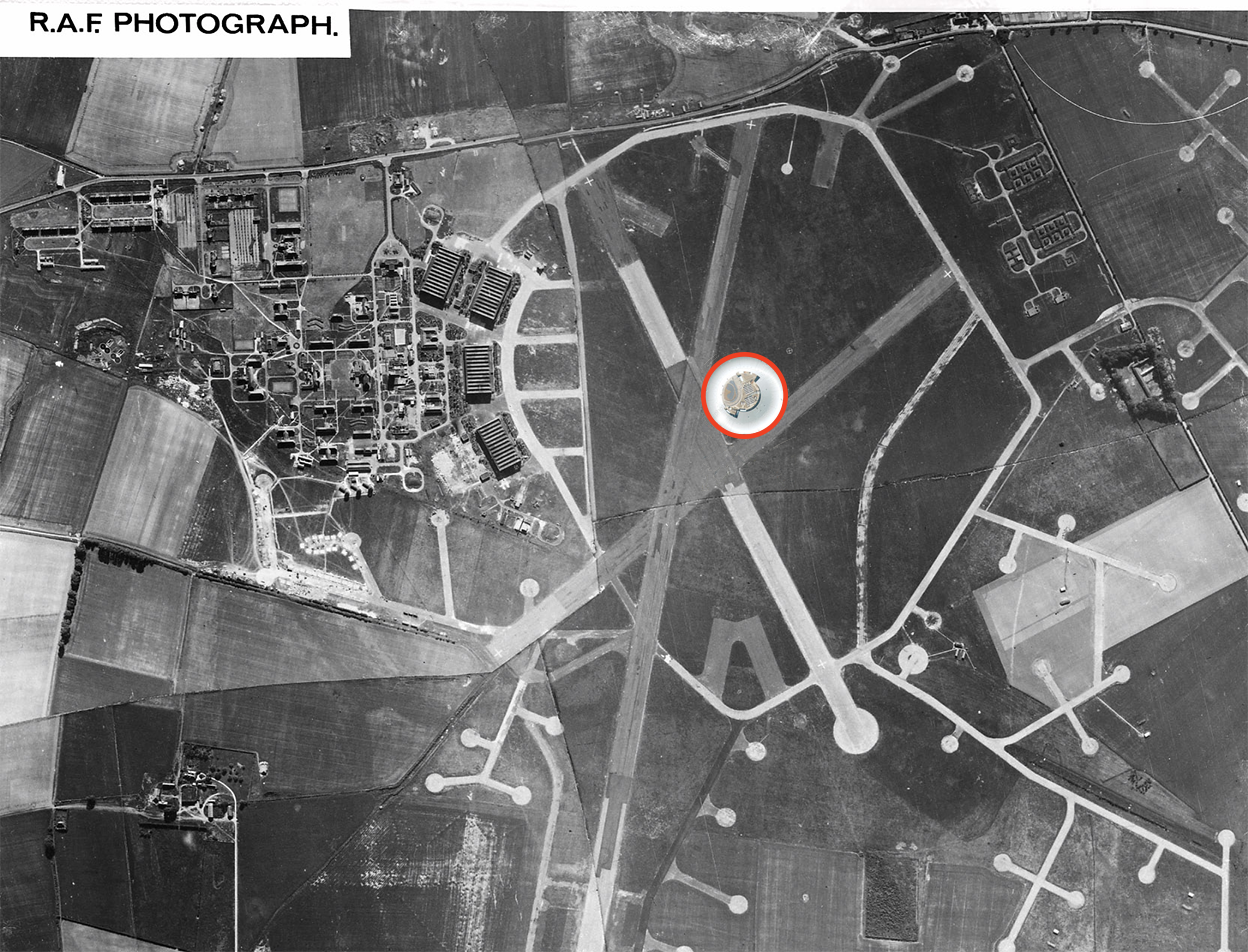
Aerial photos of RAF Harwell during WWII (left) and the modern-day Harwell campus. To give a sense of scale and position an image of the Diamond synchrotron has been edited onto the image on the left.
POSTWAR: the ATOMIC ENERGY RESEARCH ESTABLISHMENT
As the UK emerged from WWII there was a huge drive for research into atomic energy, and many eminent UK physicists recommended the UK government establish a plan for the UK to pursue atomic power. And so, the Atomic Energy Research Establishment (AERE) was formed in 1946 with John Cockcroft as its director. Cockcroft began as a research student of Ernest Rutherford himself and went on to win a Nobel prize for the development of an accelerator powerful enough to split the atom. The former RAF Harwell was made available for the AERE; it was ideally situated being close to Oxford University and with large air hangars well-suited for housing the large reactors. Harwell became the first site of the
UK's nuclear programme.
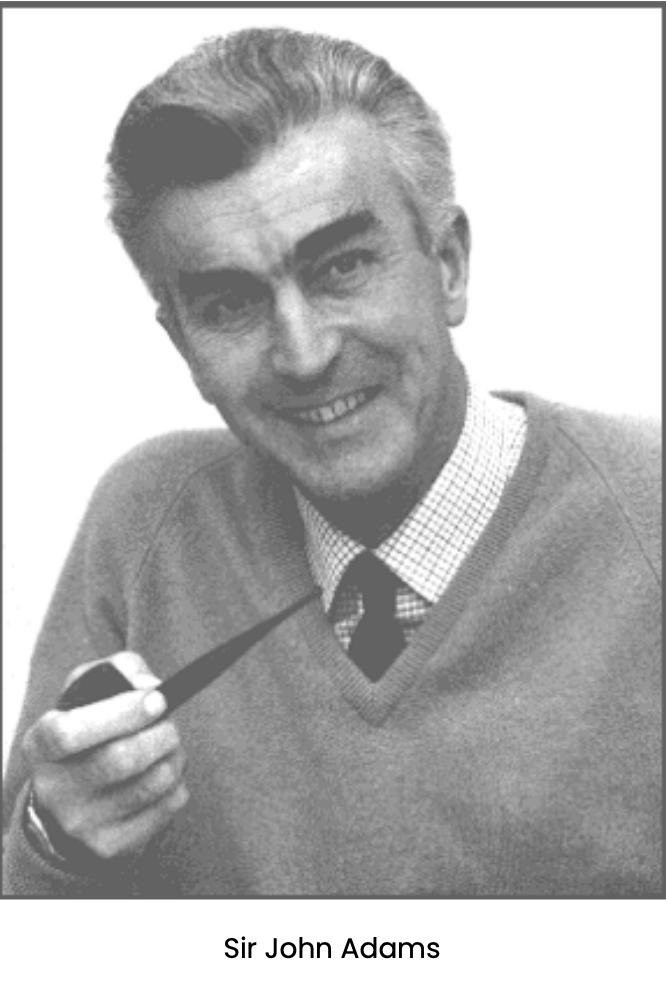 Harwell soon delivered major projects in a period known as the Harwell Golden Age. The first nuclear reactor in Western Europe (GLEEP) began operation here in 1947, and the site would go on to host 14 experimental nuclear reactors in total. Harwell also became a centre for expertise in fundamental physics, and for the construction of several early accelerators, including the 140 MeV
Harwell Synchrocyclotron. The founding of CERN in 1954 began a period of collaboration in fundamental physics across Europe that continues to this day. The life and career of
John Adams typify this. After working on radar during WWII, he moved to Harwell, playing an instrumental role in the construction and design of the Harwell Synchrocyclotron. He then moved to CERN, leading the Proton Synchrotron project, before coming back to the UK to lead the newly formed
Culham fusion laboratory. Finally, he returned to CERN, serving as Director-General twice. His career was all the more remarkable for having no formal university education. He is one of several scientists (as seen in the appendix) who worked at Harwell in the 1950s and went on play a major role at CERN.
Harwell soon delivered major projects in a period known as the Harwell Golden Age. The first nuclear reactor in Western Europe (GLEEP) began operation here in 1947, and the site would go on to host 14 experimental nuclear reactors in total. Harwell also became a centre for expertise in fundamental physics, and for the construction of several early accelerators, including the 140 MeV
Harwell Synchrocyclotron. The founding of CERN in 1954 began a period of collaboration in fundamental physics across Europe that continues to this day. The life and career of
John Adams typify this. After working on radar during WWII, he moved to Harwell, playing an instrumental role in the construction and design of the Harwell Synchrocyclotron. He then moved to CERN, leading the Proton Synchrotron project, before coming back to the UK to lead the newly formed
Culham fusion laboratory. Finally, he returned to CERN, serving as Director-General twice. His career was all the more remarkable for having no formal university education. He is one of several scientists (as seen in the appendix) who worked at Harwell in the 1950s and went on play a major role at CERN.
The Rutherford High Energy Laboratory
.png)
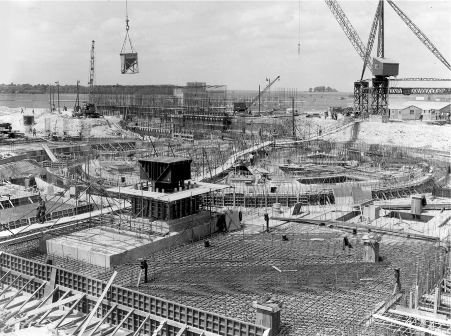
Construction of the NIMROD synchrotron accelerator (left) and the building (right) which now houses the ISIS accelerator
By the mid-1950s the resources required for fundamental research in particle physics were becoming too large for a single university to conduct by itself. In 1957, the newly formed National Institute for Research in Nuclear Science (NIRNS) set up its first lab at Harwell next door to the AERE: the
Rutherford High Energy Laboratory (RHEL). As a national laboratory, its purpose was to provide common use of large-scale facilities, equipment and support for university researchers and other organisations. The Rutherford Laboratory was soon home to a 50 MeV linear proton accelerator given to the institute by the AERE, and a 7 GeV proton synchrotron known as
NIMROD. Construction of NIMROD began in 1957 and it was operational by 1964. It occupied a huge 60m wide circular building - big enough to fit an Olympic-sized swimming pool! NIMROD would operate for 14 years, hosting hundreds of researchers from RHEL and universities. These experiments studied the interactions of protons accelerated by NIMROD and helped to establish the Standard Model of quarks we know today.
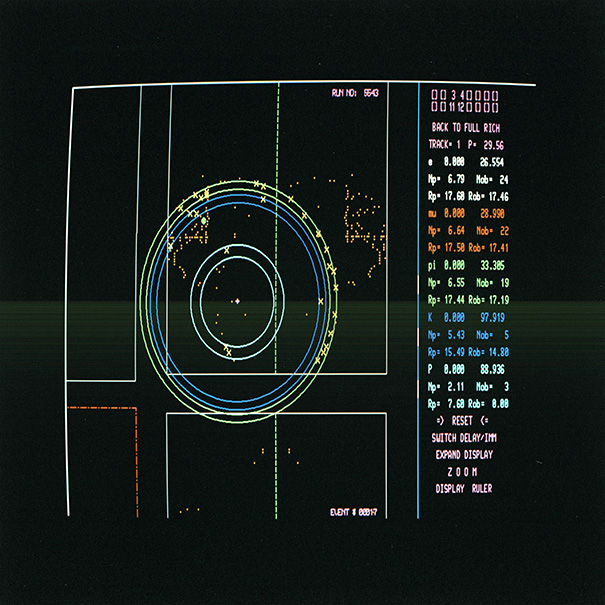
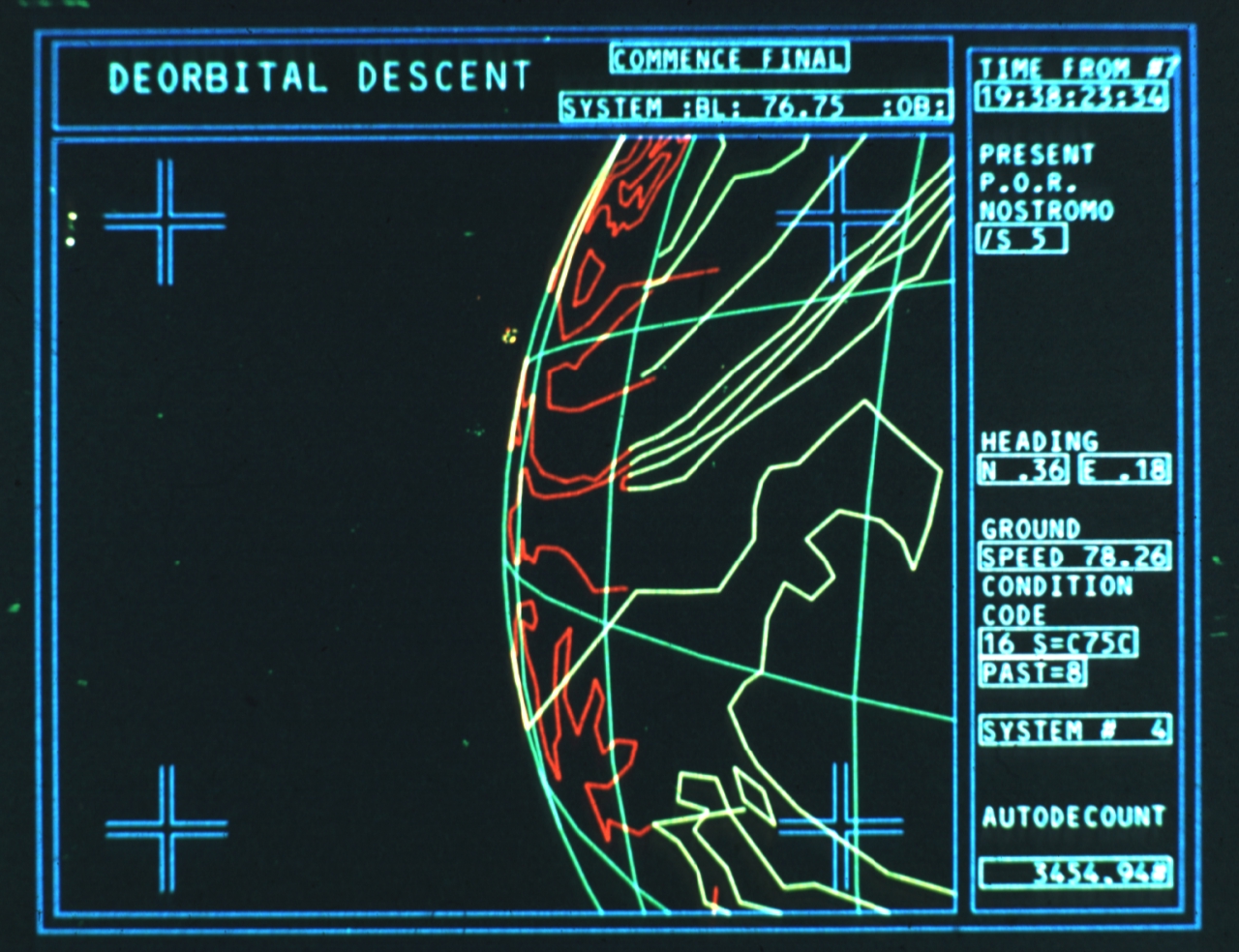
Frame from the 1979 film Alien on the right, compared with an image from 1986 of a simulated event display at the LEP accelerator on the left.
Another rapidly developing area of research was also developing near Harwell: computing. In 1961 the Atlas computer laboratory was established between the RHEL and AERE sites and by the following year it was home to Ferranti Atlas 1 – which could claim to be the most powerful computer in the world for its time. These computers were even used to produce some of the CGI for the 1979 film
Alien.
In 1973 the Rutherford cable began being manufactured at RHEL by a team led by Peter Smith and Martin Wilson. This was a major breakthrough in
superconducting magnet technology essential to modern accelerators from Fermilab's Tevatron onwards and also made compact MRI scanners feasible.
In 1975 the Atlas computer laboratory merged with the Rutherford High Energy Laboratory and the
Central Laser Facility was also established at RHEL, providing a place for high-energy lasers to study matter under extreme conditions. The work of the laboratory was becoming increasingly interdisciplinary, a trend that continues to this day. In 1979, the Appleton Laboratory which focussed on space science moved from its site near Heathrow airport to the RHEL site and the laboratory was renamed the Rutherford Appleton Laboratory (RAL).
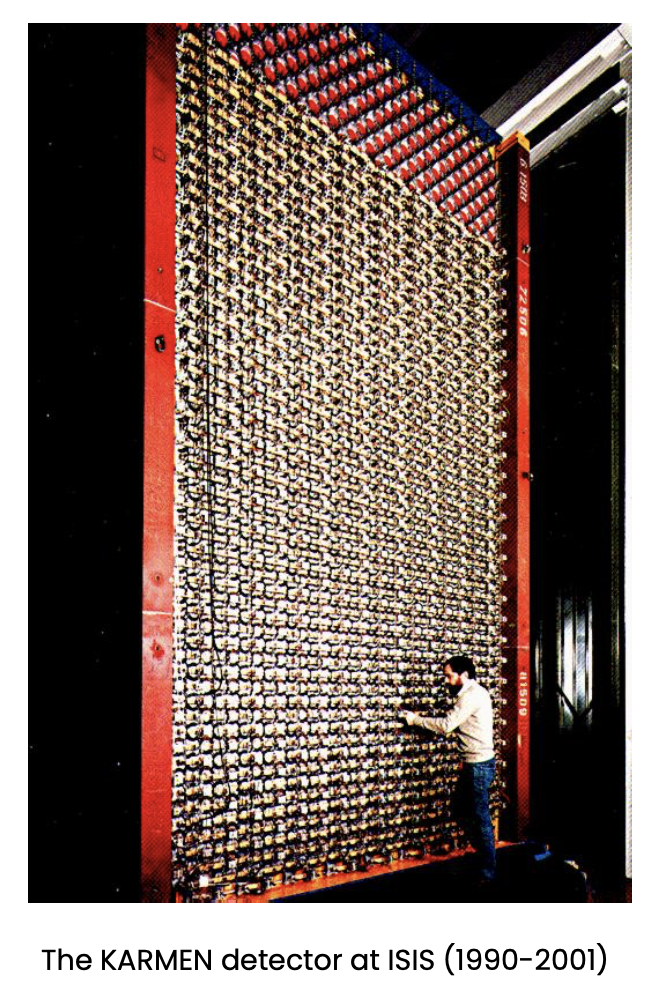 The NIMROD accelerator was finally switched off in 1979 as the UK prepared to join the CERN Super Proton Synchrotron project, but its large hall and some of its components were put to good use. Neutron research was and still is a key part of the work at Harwell: the AERE nuclear reactors had been used as neutron sources in chemistry and material science experiments. In 1977 approval was given to construct a facility dedicated to neutron research making extensive use of the NIMROD buildings, infrastructure and components. The new facility was a spallation neutron source, which targets accelerated protons at a material made up of heavy nuclei to produce pulses of neutrons. The neutron source was named
ISIS, both after the Egyptian goddess of rebirth and the local name for the Thames around Oxford. Neutron operations began in 1984 and ISIS is now approaching 40 years of successful operation as one of the world's most powerful pulsed neutron sources. ISIS has also hosted several accelerator and particle physics projects including the
Muon Ionisation Cooling Experiment and
Front End Test Stand. The neutron and pion beams have also been used as test beams for commissioning particle physics detectors such as the ZEUS Central Tracking Detector.
The NIMROD accelerator was finally switched off in 1979 as the UK prepared to join the CERN Super Proton Synchrotron project, but its large hall and some of its components were put to good use. Neutron research was and still is a key part of the work at Harwell: the AERE nuclear reactors had been used as neutron sources in chemistry and material science experiments. In 1977 approval was given to construct a facility dedicated to neutron research making extensive use of the NIMROD buildings, infrastructure and components. The new facility was a spallation neutron source, which targets accelerated protons at a material made up of heavy nuclei to produce pulses of neutrons. The neutron source was named
ISIS, both after the Egyptian goddess of rebirth and the local name for the Thames around Oxford. Neutron operations began in 1984 and ISIS is now approaching 40 years of successful operation as one of the world's most powerful pulsed neutron sources. ISIS has also hosted several accelerator and particle physics projects including the
Muon Ionisation Cooling Experiment and
Front End Test Stand. The neutron and pion beams have also been used as test beams for commissioning particle physics detectors such as the ZEUS Central Tracking Detector.
MOVING to the FUTURE:
Particle physics continues to be a key activity at RAL. Detectors are now too large and complex to be built by a single institution, and components are built by international collaborations to be installed at very large experiments based at a few laboratories around the world, notably CERN. RAL physicists and engineers have played substantial roles in the design, construction, operation, and exploitation of detectors for many experiments including:
-
CERN's UA1 experiment in the 1980s, which discovered the W and Z bosons
-
the H1 and ZEUS experiments at
DESY in the 1990s, which enhanced our understanding of the strong nuclear force
-
ZEPLIN-I, II and III, part of a programme of
dark matter research at Boulby Underground Laboratory in Yorkshire
- SNO (Canada), MINOS (USA) and T2K (Japan) neutrino experiments, starting in the 1990s which established the phenomena of neutrino oscillations
- ALEPH, DELPHI, and OPAL experiments at the
Large Electron-Positron Collider at CERN in the 1990s, which produced definitive studies of the electroweak force
-
ATLAS,
CMS and
LHCb at the Large Hadron Collider at CERN since 2010, which discovered the Higgs boson
RAL Scientific Computing also hosts one of the
Worldwide LHC Computing Grid Tier-1 centres, with responsibility for analysing the deluge of data from the LHC and other particle physics experiments.
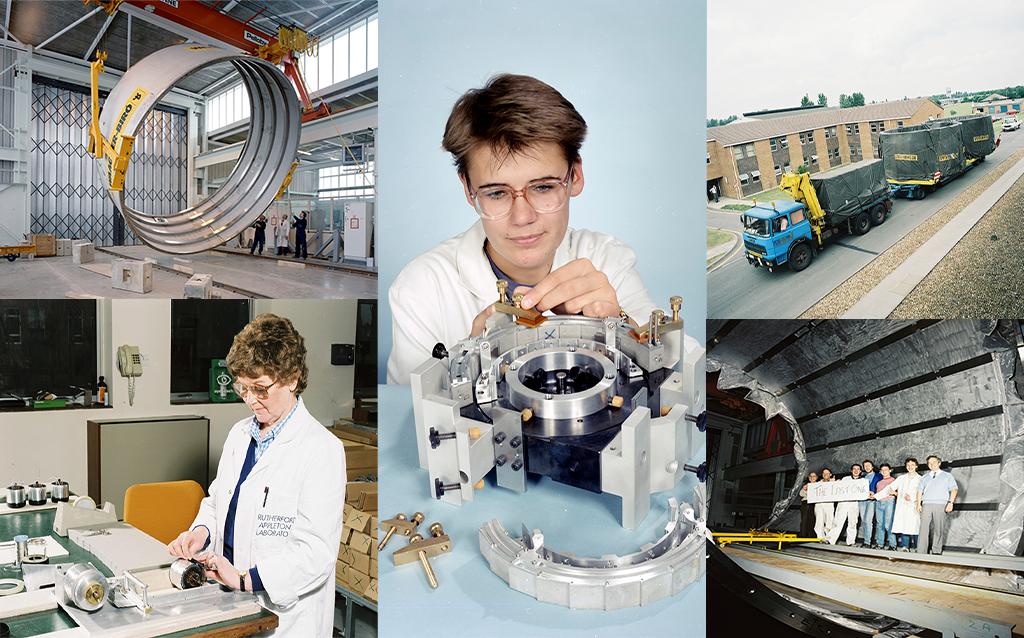
Selection of photos showing the work at RAL for LEP in the late 80s, showing the construction of parts for the ALEPH, DELPHI and OPAL detectors.
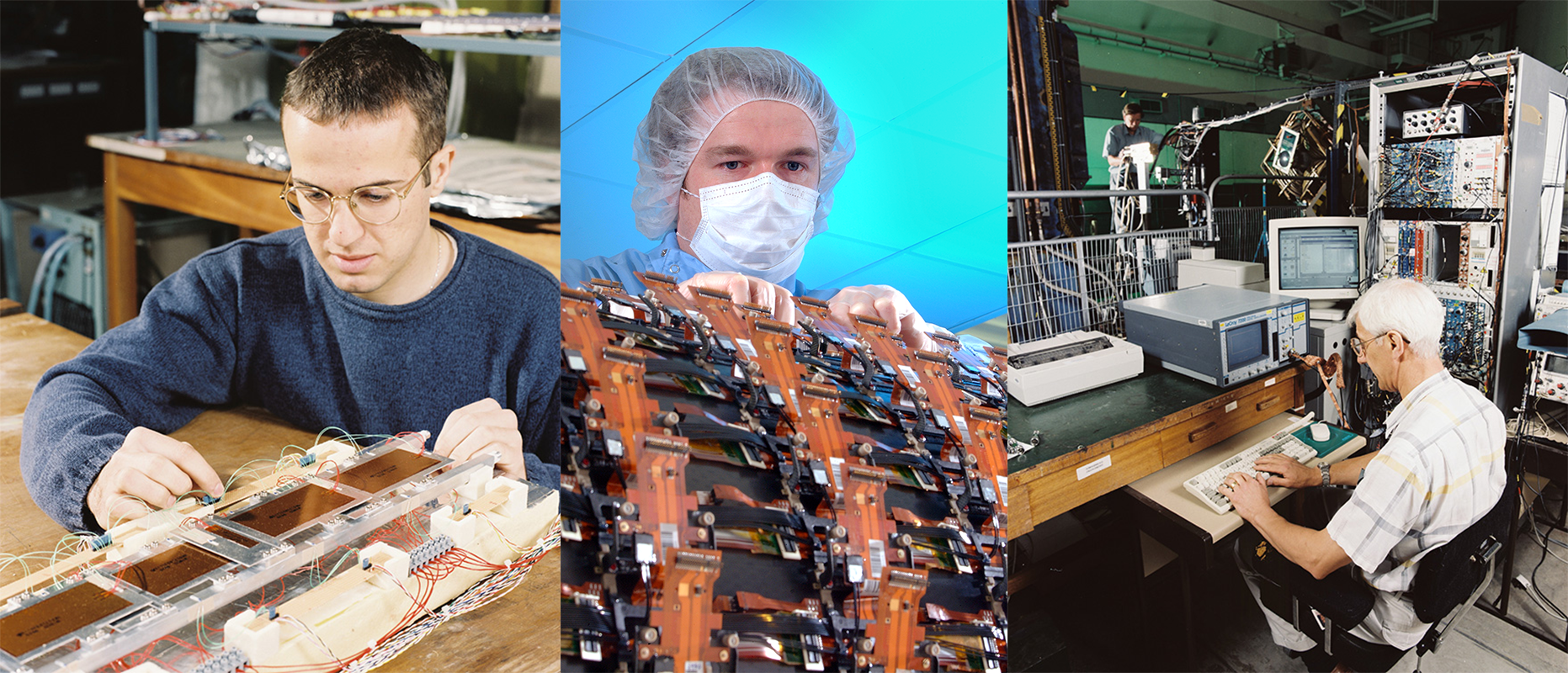 Selection of photos showing the detector components built at RAL for the LHC in the early 00s.
Selection of photos showing the detector components built at RAL for the LHC in the early 00s.
NOTABLE PEOPLE:
FURTHER READING:
For a detailed retrospective regarding particle physics experimentation, development of fundamental superconducting and cryogenic technology as well as the operation of NIMROD, access the RAL reports. This page contains the digitised annual reports, detailing the outstanding science conducted at RAL, from 1957 to 1972.
